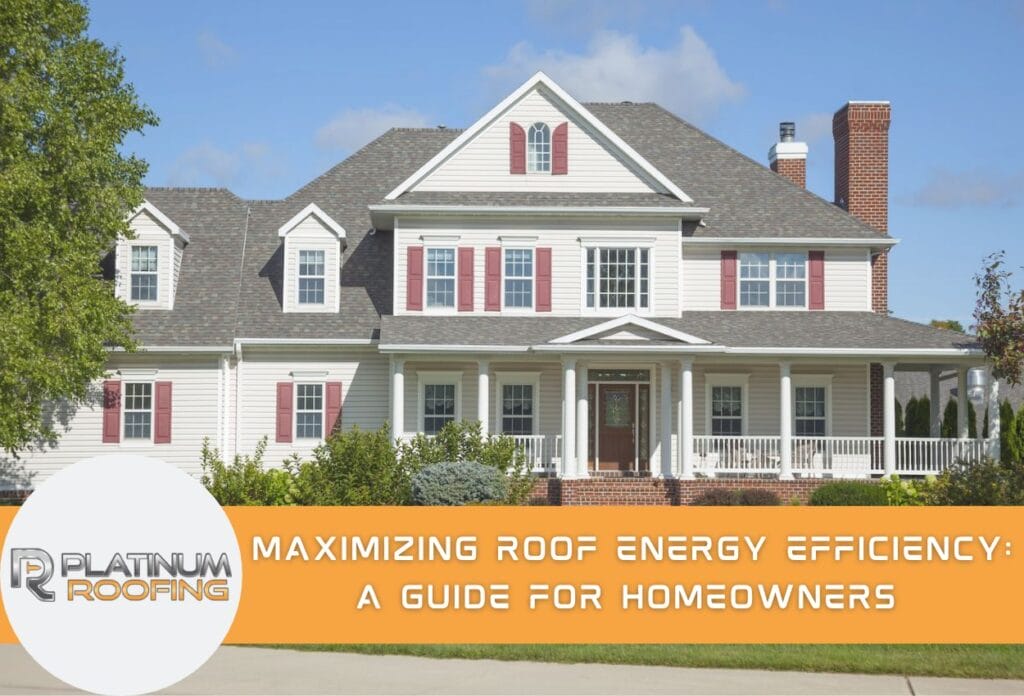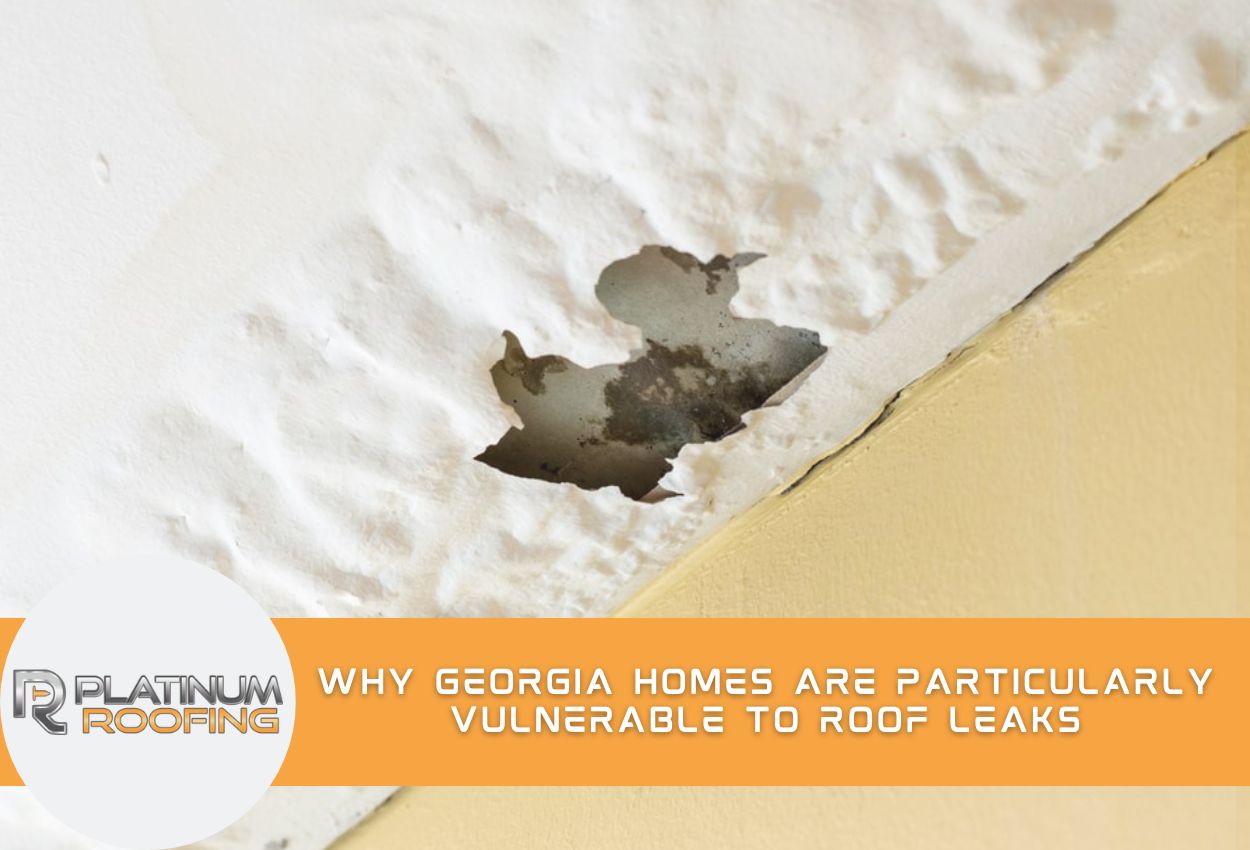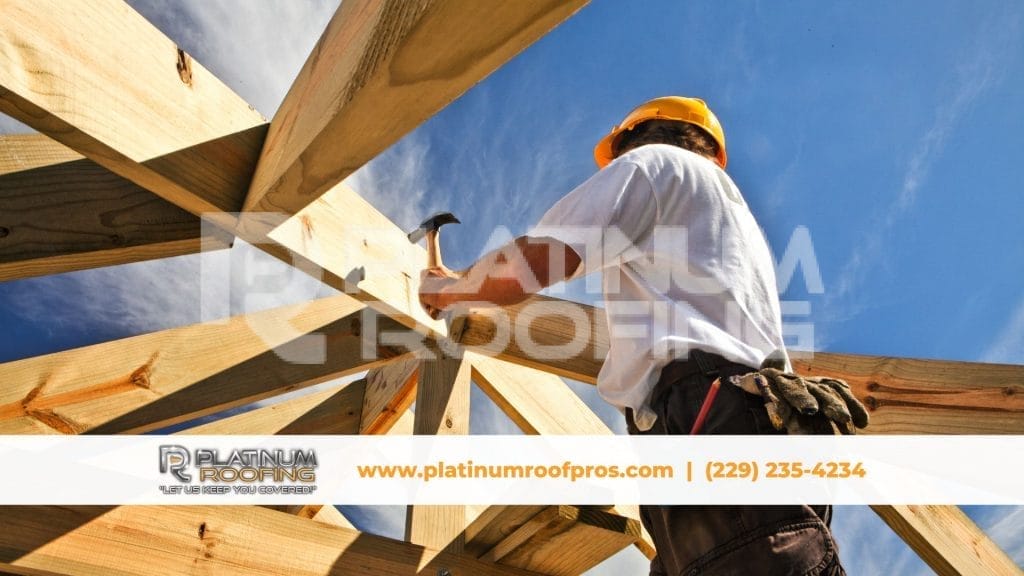
Homeowners seeking to reduce energy costs and improve their home’s comfort often overlook a crucial element: the roof. An energy-efficient roof can significantly impact a home’s overall energy performance, leading to lower utility bills and a more comfortable living environment.
Several key elements play a role in creating an energy-efficient roof. Cool roofing materials, designed to reflect more sunlight and absorb less heat, can dramatically reduce the amount of heat transferred into a home. Proper roof insulation, measured by its R-value, acts as a barrier against heat transfer, keeping homes cooler in summer and warmer in winter. You’ll also find that attic ventilation systems effectively manage temperature and moisture levels, preventing heat buildup and potential damage to the roof.
Additional factors, such as reflective roof coatings and solar-ready roof designs, can further enhance a roof’s energy efficiency. By considering these elements, homeowners can make choices that align with their energy-saving goals and budget considerations, leading to a more sustainable and cost-effective home.
Cool Roofing Materials: The Foundation Of An Energy-Efficient Roof
Cool roofing materials are a cornerstone of energy-efficient roof design, offering significant benefits to homeowners in Georgia and Alabama. These materials are engineered to reflect more sunlight and absorb less heat than traditional roofing products, effectively reducing the amount of heat transferred into the home. This reduction in heat transfer leads to lower cooling costs and improved indoor comfort, especially during hot summer months.
There are several types of cool roofing materials available, including reflective shingles, metal panels, and tile options. Each of these materials comes with its own set of advantages in terms of durability, longevity, and aesthetic appeal. For instance, reflective shingles mimic the look of traditional asphalt shingles while providing superior heat reflection. Metal panels, known for durability, can also be coated with reflective pigments to enhance energy-efficient qualities.
By reducing the amount of heat that’s absorbed by the roof, cool roofing materials help decrease the overall amount of energy consumed by a home. This reduction in energy use not only lowers utility bills, it also reduces the strain on air conditioning systems, potentially extending their lifespan. For homeowners in the Southeast, where cooling costs can be a substantial part of a monthly budget, investing in cool roofing materials provides long-term energy savings and improved home comfort.
The Role Of Insulation In Energy Efficiency
The right type of insulation in your attic acts as a barrier, reducing heat transfer between the interior and exterior of your home. This is particularly important for homeowners in Georgia and Alabama, where hot summers and cool winters lead to significant energy consumption due to interior temperature control.
The effectiveness of insulation is measured by its R-value, which indicates its resistance to heat flow. Higher R-values signify better insulating capabilities. For roofs in the Southeast, experts typically recommend R-values between R-30 and R-60, depending on specific local weather conditions and roof type.
Choosing the right insulation for your roof involves considering factors such as climate, roof structure, and local building codes. Common options to keep in mind include fiberglass batts, blown-in cellulose, spray foam, and rigid foam boards. Your choice will differ based on the qualities you seek, the local climate, and the designs of your roof.
Proper Attic Ventilation: A Key Component Of Energy-Efficient Roofing
Paired with the right type of insulation, attic ventilation helps create an energy-efficient roofing system. It plays a significant role in regulating temperature and moisture levels in your home, which directly impacts both roof performance and overall energy efficiency. For homeowners in Georgia and Alabama, where humidity and heat can be particularly challenging, understanding the importance of attic ventilation is essential.
Effective attic ventilation helps maintain a consistent temperature in your attic space, preventing excessive heat buildup during hot summer months. This reduction in heat accumulation reduces the strain on your air conditioning system, potentially leading to lower energy bills. In winter, proper ventilation also helps prevent moisture buildup, which leads to mold growth and compromises the structural integrity of your roof.
There are several types of attic ventilation systems available, each with its own benefits. Ridge vents, soffit vents, gable vents, and powered attic fans are common choices, but the most effective ventilation strategy often combines intake vents (such as soffit vents) with exhaust vents (like ridge vents) to create a natural flow of air.
Reflective Roof Coatings: Enhancing Energy Efficiency
Reflective roof coatings are an innovative solution for homeowners looking to boost their roof’s energy efficiency. These coatings are designed to reflect sunlight and heat away from the roof surface, significantly reducing the amount of heat absorbed by the building. For residents in Georgia and Alabama, where summers can be particularly harsh, reflective coatings make a substantial difference in home comfort and energy costs.
The benefits of reflective roof coatings extend beyond energy conservation. They can help prolong the life of your roof by protecting it from UV damage and reducing thermal expansion and contraction. This can also lead to fewer repairs and a longer-lasting roof. Additionally, these coatings lower the surface temperature of the roof by around 50 to 60 degrees Fahrenheit, which not only reduces cooling costs, it also helps reduce the urban heat island effects in densely populated areas.
Applying reflective coatings is a relatively straightforward process that can be done to various types of roofs, including metal, BUR, modified bitumen, and single-ply roofing systems. To apply these coatings, the roof must be thoroughly cleaned and repaired first before the coating is applied with rollers, brushes, or spray equipment. Regular maintenance, such as periodic cleaning and reapplication every 5 to 10 years, ensures the coating continues to be effective, providing long-term energy savings for homeowners.
The Long-Term Benefits Of An Energy-Efficient Roofing System
Investing in energy-efficient roofing solutions offers homeowners in Georgia and Alabama significant long-term benefits that extend far beyond initial savings. These benefits involve both financial advantages and improvements in overall home comfort and value. By implementing energy-efficient roofing strategies, homeowners can enjoy reduced energy bills, a lower environmental impact, and an increase in property value.
One of the primary long-term benefits of energy-efficient roofing is the savings that can accumulate due to lower utility bills. By reducing heat transfer and improving insulation, these roofing systems minimize the workload on heating and cooling systems, leading to a decrease in energy consumption. Over time, these savings offset the initial investment in energy-efficient roofing materials and installation.
Additionally, energy-efficient roofs contribute to a reduced environmental impact by lowering a home’s carbon footprint. This eco-friendly approach not only benefits the planet but can also make homes more attractive to environmentally conscious buyers, potentially increasing property value. Some energy-efficient roofing materials also have longer lifespans compared to more traditional options, reducing the need for frequent replacements and further enhancing long-term cost-effectiveness.
Energy-efficient roofing systems help maintain more consistent indoor temperatures, reducing hot and cold spots and creating a more pleasant home environment year-round. This enhanced comfort, combined with the potential for increased home value, makes energy-efficient roofing a wise long-term investment for homeowners in the Southeast.
Discover How Platinum Roofing Can Enhance Your Home’s Energy Efficiency
If you’re trying to reduce your energy bills and enhance the comfort of your home, understanding the key factors involved in creating an energy-efficient roof is crucial. At Platinum Roofing, we specialize in integrating cutting-edge cool roofing materials, optimizing roof insulation R-value, and installing efficient attic ventilation systems. These elements are essential in creating a roof that not only saves you money, but also supports a sustainable environment.
Reflective roof coatings are another innovative solution we offer, which significantly decreases heat absorption and improves overall energy conservation. By choosing Platinum Roofing, you’re not just upgrading your roof, you’re investing in a cooler, more efficient home. Ready to take the next step towards a more energy-efficient home? Call us today, at (229) 561-3107, and let us help you make the best choice for your roofing needs.





